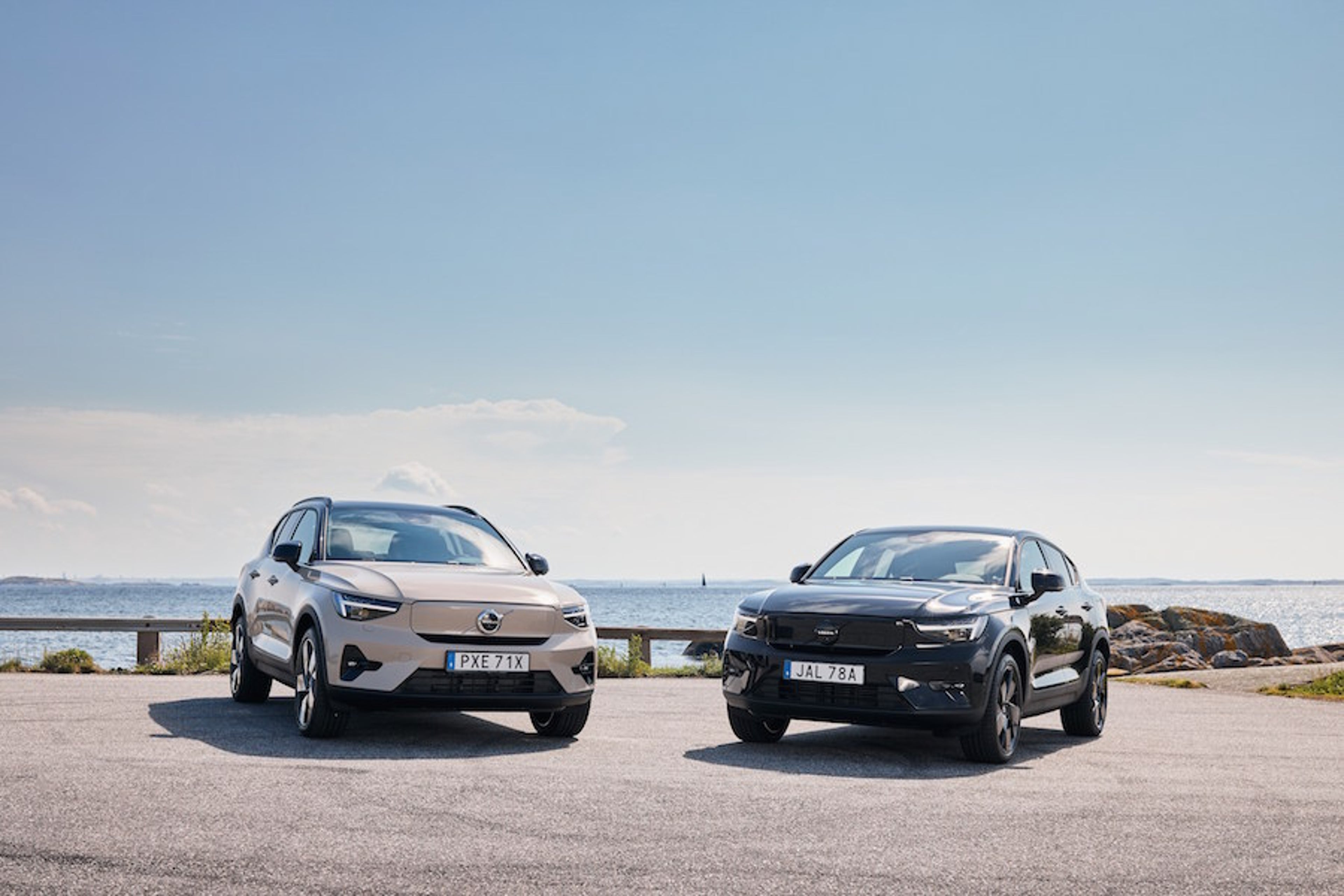Australia in electric vehicles: state-by-state breakdown, where next
The number of Australians ditching combustion engines for cleaner electric vehicles continues to rise in every state. But there is one runaway leader.

Australia’s EV transition continues apace with circa 200,000 pure electric and plug-in hybrid vehicles now estimated to be on the road. Meanwhile, it’s getting easier to find a high-powered charging point in every state. According to latest government data, the number of higher-powered public chargers available almost doubled in the 15 months between December 2022 and March 2024, from 464 to 900 locations. The biggest growth has been in Victoria, with the total number of fast chargers (at least 24kW) and ultrafast chargers (at least 100kW) increasing from 97 in the state at the end of 2022 to 233 as of March this year. In NSW, those charging points similarly stood at 149 as of December 2022, increasing to 253 by March 2024. Higher-powered public chargepoints in WA have also more than doubled (from 39 to 88) as well as SA (from 45-100), while in Queensland they have increased from 94 to 161. In the NT they have actually quadrupled – but off a low base to eight in total. While Australia requires greater penetration of higher-powered public chargers, work is now underway on a national network of 117 EV chargers across major highways at an average interval of 150km. The program is being delivered in partnership with NRMA – with 20 chargers operational by mid-year. The rollout is expected to be complete in 2026. Earlier this month, the government-owned Clean Energy Finance Corporation also granted $100m to Ampol, a chunk of which will fund 200 high powered chargers nationally across its forecourts.
Interestingly, the data shows that circa 40 per cent of all EV cars purchased in Australia since mid-2023 have been facilitated via salary sacrificing/novated lease arrangements, up from around 2 per cent in early 2022.
ACT powers ahead Meanwhile, electric car sales continue to climb, though the absolute growth rate has cooled slightly. EVs made up 8.4 per cent of new light vehicle sales in 2023. By April 2024, that percentage stood at 9.4 per cent. In terms of state-wide penetration of pure electric vehicles, the ACT is way out in front. In 2023, 17 per cent of all new cars registered in the ACT were EVs, with the number of EVs more than doubling over the course of the year. Countrywide, according to the government’s figures, a greater number of sub-$60k electric vehicles (eight) also came to market in 2023 – and in 2024 these were joined by the Volvo EX30, priced from $59,990*. Fringe benefits booster Interestingly, the data shows that circa 40 per cent of all EV cars purchased in Australia since mid-2023 have been facilitated via salary sacrificing/novated lease arrangements, up from around 2 per cent in early 2022. That’s because, provided electric cars cost less than $89,332, fringe benefits tax does not apply – which makes salary sacrificing and novated leases a much more attractive option for both drivers and businesseshttps://volvocars.com/au/news/industrial/2023-september-august-sales-soar/, with savings potentially running into tends of thousands of dollars. And that’s before fuel savings and longer service intervals are taken into account. Volvo Car Australia aims to sell only electric vehicles by 2026 – with EVs set to make up 50 per cent of sales by the end of this year. The EX30 is now selling fast and is set to soon be joined by the flagship EX90. Find out more about Volvo’s current and incoming EV range here, or speak to your local retailer. *This is the manufacturer’s list price - excluding on roads, retailer delivery fees, statutory charges and any optional extras.